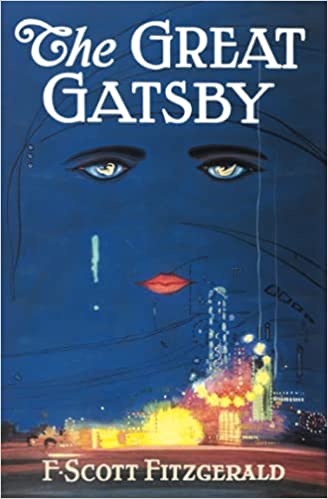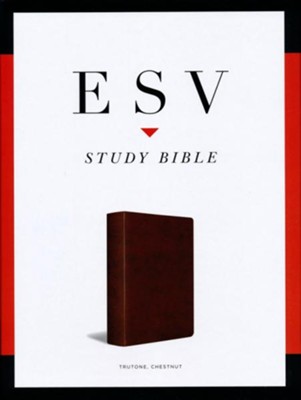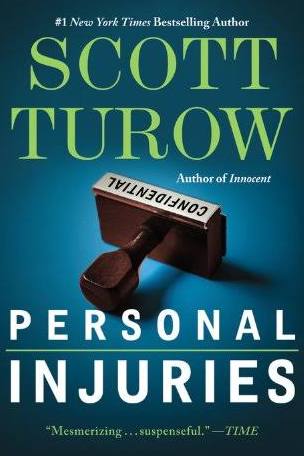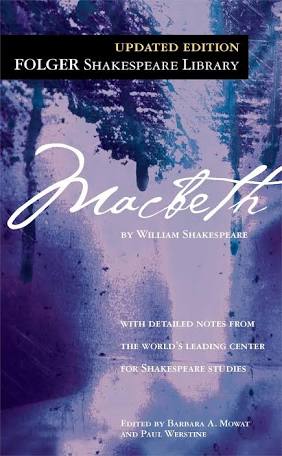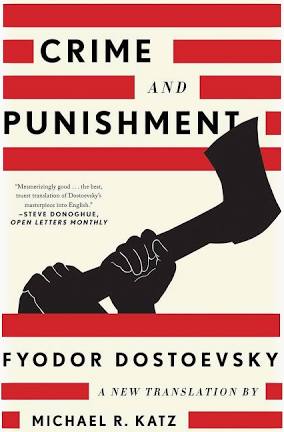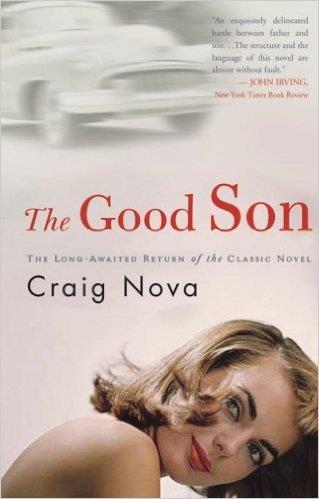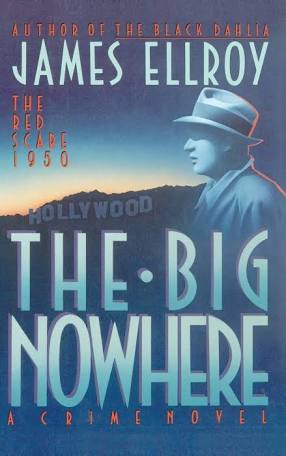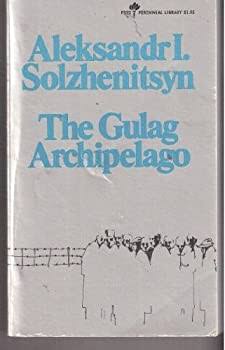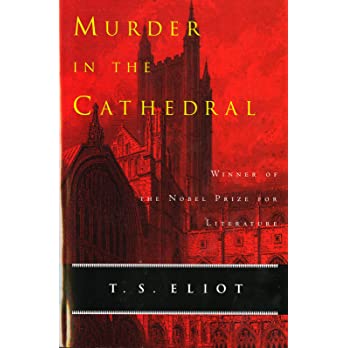12 Summer Books For White-Collar Lawyers
Reading Time: 10 minutes.

Take a break from whatever you are reading — presidential indictment, sports tweet, or adversary’s brief. Spring turns rapidly to summer, a traditionally slower time that allows for broader reflection.
Set out below are 12 works that every white-collar lawyer — whether defense counsel, prosecutor or judge — should read.
Why such a presumptuous project? Three good reasons.
First, lists start conversations. Law is sometimes called a learned profession, but many lawyers do not read broadly or deeply after law school. The press of work does not allow otherwise. Our learning is utilitarian, cramped, and soon forgotten. Our conversations are adversarial.
Second, the proponent of such a list — that is, me — must review, reconsider or even reread works first encountered years or decades in the past. If the list does not help you, it may help me.
Third, the list makes us consider why, exactly, we do what we do. The usual concepts of motivation — justice, money, honor — are not well explored in the day in, day out of white-collar practice.
A few caveats are in order.
First, this is a personal, idiosyncratic, eccentric list, not a survey course.
Second, you may not think this list is fair. Could someone make a more valid and interesting list of 12 books written by others? Very much so, and more power to them.
Third, I exclude biographies and autobiographies of lawyers, even though there are some superb ones. Two that come to mind are Evan Thomas’s “The Man To See,” about Edward Bennett Williams, and Louis Nizer’s “My Life In Court.”
The list also excludes how-to books. A favorite is Herbert J. Stein and Stephen A. Saltzburg’s “Trying Cases to Win: In One Volume.”
Much dreck is written about white-collar criminals and what some characterize as the white-collar mind, but there are some admirable works including Harvard Business School professor Eugene Soltes’s “Why They Do It,” and Duke University professor and former Enron prosecutor Samuel Buell’s “Capital Offenses.”
Like the poet Dante, you have been warned before you enter the gates. Let us turn to 12 books that every white-collar lawyer should read.
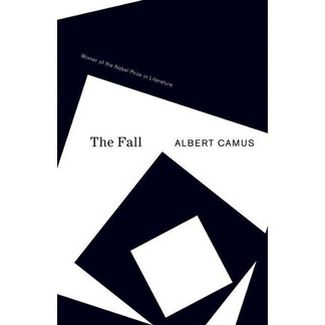
- Albert Camus, “The Fall”
Best known for “The Stranger,” French novelist Albert Camus careens in and out of literary fashion. French existentialism is sometimes navel-gazing with bad breath, but Camus, at his best, is incandescent.
“The Fall,” published in 1956, is narrated by a disgraced lawyer sitting in a Dutch bar. His insights into how we fall from grace and face daily judgment are dark, but useful.
Before the white-collar lawyer can examine others, the lawyer must do some self-examination, even if the results are unsettling: “What does it matter, after all, if by humiliating one’s mind one succeeds in dominating everyone? I discovered in myself sweet dreams of oppression.”[1]
- F. Scott Fitzgerald, “The Great Gatsby”
In F. Scott Fitzgerald’s “The Great Gatsby,” published in 1925, there is not much crime, besides the fact that Jay Gatsby turns out to be involved in illegal gambling, and Myrtle is the victim of vehicular homicide.
The compelling white-collar aspect of this greatest of 20th century American novels is its study of money and power, as the narrator, Nick Carraway, sets out in the famous opening:
When I came back from the East last autumn I felt that I wanted the world to be in uniform and at a sort of moral attention forever; I wanted no more riotous excursions with privileged glimpses into the human heart.[2]
White-collar lawyers rarely face a world at moral attention. If they did, there would be little work. Rather, daily they must assess which “riotous excursion” merits prosecution, if they are a prosecutor; judgment, if they are a judge; and defense, if they are defense counsel.
Perhaps more urgently so than in street or so-called blue-collar crime, the riotous excursions that arise in white collar matters fall along a continuum — from unappealing behavior to unethical conduct to civil wrongs to criminal offenses — where the frontiers are blurred.
“The Great Gatsby” is a good reminder of where those frontiers lay — and how difficult they can be to delineate.
- St. Paul, Letter to the Romans
On the road to Damascus, Saul famously became Paul. The most powerful of the Pauline letters is the one he wrote to the new Christians living in Rome.
Even for nonbelievers, his analysis of law and grace is unparalleled:
For I do not understand my own actions. For I do not do what I want, but I do the very thing I hate. … I know that nothing good dwells in me, that is, in my flesh. I have the desire to do what is right, but not the ability to carry it out. For I do not do the good I want, but the evil I do not want is what I keep on doing.[3]
In our own law practices, we may ask of ourselves what do we seek to understand about our clients? Who do we serve with our mind, and who do we serve with our flesh?
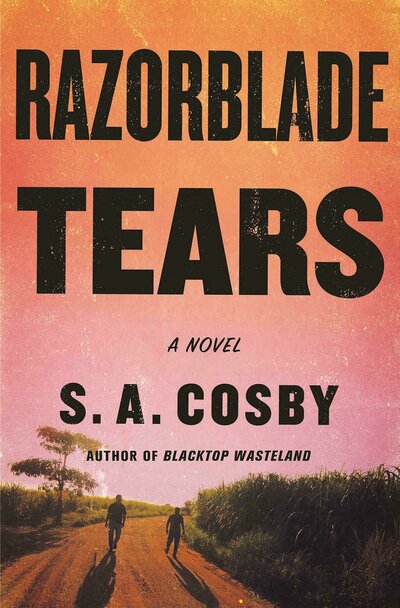
- S.A. Crosby, “Razorblade Tears”
Throughout the criminal justice system, race and culture pose significant issues for courts, prosecutors and defense lawyers.
A novel that movingly addresses the fraught landscape of race and culture is S.A. Crosby’s “Razorblade Tears,” published in 2021.
This rural noir story offers few white-collar characters: As Dwight Garner noted in The New York Times, Crosby’s characters are “flawed everyday men, often ex-cons, who are after various types of redemption.”[4]
Yet, Crosby unflinchingly — but beautifully — covers these intractable issues in mystery and crime novel formats.[5]
In art as in life, these issues supposedly arise more readily in street-crime cases, but the white-collar practitioner should examine them carefully.
Such an examination has both a moral and practical charge. The demographic of white-collar defendants is changing, and it is unclear how judges, juries, prosecutors and defense counsel will adapt — or not — to the changes.
Although most white-collar defendants are white, middle-aged men, consider Elizabeth Holmes and Samuel Bankman-Fried, neither of whom look or “feel” like stereotypical white collar defendants.
- Scott Turow, “Personal Injuries”
As a novelist of popular, law-oriented contemporary fiction, Scott Turow towers over most others. His 1999 novel “Personal Injuries” is agonizing, and agonizingly familiar to white-collar lawyers, in its description of lawyer Robbie Feaver’s downfall.
As Publishers Weekly noted at the time,
Feaver is a character of almost Shakespearean contradictions. A charming, brash womanizer who nevertheless shows superhuman reserves of love and patience to his dying wife at home, he is always several jumps ahead of the prosecutors, the FBI and the reader, winning sympathy, even admiration, where there should be none.[6]
Contradiction, even if not Shakespearean, is at the uneasy heart of how white-collar lawyers work, and is especially pertinent to sentencing.
Consider the architect of a massive Ponzi scheme who has heretofore led a life both exemplary and enviable. How to prosecute him? Defend him? Sentence him?
The sentencing guidelines expressly discourage judicial consideration at sentencing of civic contributions and other good works.[7] Yet, federal judges are often perplexed at how the otherwise commendable citizens before them have actually ended up before them.
- William Shakespeare, “Macbeth”
Speaking of The Bard, there are lots of lawyers, language about the law, and legal proceedings in Shakespeare, but for the white-collar lawyer, there is no match for Macbeth.
Its themes of power, overreach and guilt form part of the Western consciousness. Its presentation of the overwhelming weight of a criminal offense is timeless: “Will all great Neptune’s ocean wash this blood clean from my hand? No, this my hand will rather the multitudinous seas incarnadine, making the green one red.”[8]
For individual white-collar defendants, an indictment is existentially catastrophic and cannot be remedied, even with a win at trial. As a colorized reflection of the disproportionate power between the might of the state and position of an individual citizen, an indictment makes everything “red.”
- Fyodor Dostoyevsky, “Crime and Punishment”
What, exactly, to say about Fyodor Dostoyevsky and “Crime and Punishment,” published in 1866? As noted by translator David McDuff, “few works of fiction have attracted so many widely divergent interpretations as Crime and Punishment.”[9]
Raskolnikov — the nihilist student who, without any real reason, kills an old woman — is guilty of original sin and saved, so to speak, only by suffering.
What are the things that bring home to white-collar lawyers the notions of sin and of expiation by suffering? The first meeting with the client? The second meeting with the client, when the omissions from the first meeting come out? The decision to plead or go to trial? The moment when the jury returns with a verdict?
The white collar lawyer is neither priest nor confessor, yet — at least for individuals, rather than corporate defendants — counsel sometimes find themselves in a position uncomfortably close to those clerical officers.
- Craig Nova, “The Good Son”
White collar lawyers often represent the wealthy at risk and the powerful who have fallen. Craig Nova depicts power and wealth, as well as fathers and sons, with extraordinary understanding.
If anybody ever needed good counselors, it is Nova’s white-collar people in “The Good Son,” published in 1982.
As novelist John Irving noted in a review that same year,
Pop MacKinnon — “a coarse, charming man, a lawyer, and a good one” — wants his sons to follow his path: to be lawyers who know how to hunt and marry well; to be gentlemen who join that unassailable aristocracy which is earned by tough, no-nonsense cleverness and is protected by money.[10]
Occasionally, the white-collar lawyer must do what Pop would never do: Step away from the misuse and abuse of power, even when it means firing a lucrative client or delivering bad news that is certain to get one fired.
- James Ellroy, “The Big Nowhere”
Although the later work of James Ellroy is sometimes heavy sailing, his earlier work, including 1988’s “The Big Nowhere,” is a taut, violent, overwhelming portrait of Los Angeles noir.
There are not many true white-collar criminals in Ellroy’s early work, but few novelists better describe how — with the best of intentions — law enforcement, prosecutors and defense lawyers can sometimes display the darkest of hearts.
Novels like Ellroy’s remind us that public corruption trials are little more than contemporary morality plays. And white-collar lawyers — prosecution and defense — are well advised to treat them as morality plays, painting themes in broad strokes, and keeping in mind the community’s commonweal, the notion of the public good.
Unofficial and silent, but uniquely powerful, the commonweal sits in the courtroom of a public corruption trial as surely as judge and jury.[11]
- Aleksandr Solzhenitsyn, “The Gulag Archipelago”
With the demise of the Soviet Union, Nobel Prize winner Aleksandr Solzhenitsyn has receded from the preeminence he had as a dissident, exile, novelist and philosopher in the 1970s. And, late in life, he wandered the more illiberal byways of pan-Slavism. He was, however, one of the great moral figures of the 20th century.
Now condensed into a manageable single volume, “The Gulag Archipelago” describes the Soviet gulags — the prison camps for political prisoners and others — from the very beginnings of the Bolshevik Revolution to the 1950s.
With communism vanquished, we forget what totalitarianism was. One of its characteristics is the pretense of law used to deprive individuals of liberty for the benefit of the state. We in the white-collar world are well advised to not forget the grim fact.
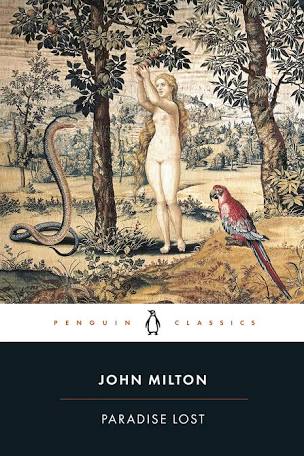
- John Milton, “Paradise Lost”
In 1667, John Milton undertook to “justify the ways of God to men.”
Consider your jury trial themes of rebellion and the fall, heaven and hell, perfect justice and marring sin — in “Paradise Lost,” all remain as vibrant as they were more than three centuries ago.
“Paradise Lost” is an argument: Milton advocates for our acceptance of the otherwise unknowable ways of providence. Too many white-collar trial lawyers keep their arguments — their “justifications” — too one-dimensional.
We would all be well advised to learn from Milton how to layer theme upon theme upon theme.
- T.S. Eliot, “Murder In The Cathedral”
“Murder In The Cathedral,” published in 1935, is a play in verse by T.S. Eliot — not technically a book, but it made the list anyway.
Eliot, one of the great modern poets and the author of “The Waste Land,” deserves to be read for this story of the Christmas Eve murder of the Archbishop of Canterbury, Thomas Becket. How many white-collar defendants might agree with one of the archbishop’s assassins?
Now is my way clear, now is the meaning plain:
Temptation shall not come in this kind again.
The last temptation is the greatest treason:
To do the right deed for the wrong reason.[12]
White-collar cases turn, of course, on intent — and, unofficially, on motive. The self-justifications and rationalizations that the assassins offer, and the archbishop’s bracing refutation of them before he is murdered, is a master class on murky intent, mixed motive and punishment.
As advocates for the prosecution or for the defense, it is our job to guide judge and jury through the murk with a narrative most advantageous to the client.
The prosecutor may wish to present as lucid what is unclear; to argue that the law does not recognize motive as an excuse; and to deal with punishment as a civic duty, not a citizen’s catastrophe.
The defense will want to show intent so opaque as to vanish; to point out that motive is how we explain our actions to each other; and to bring home to the fact-finders the vast power that lay in their hands.
Happy reading.
[NOTE: this post first appeared, in slightly different form, in Law360].
[1] Albert Camus, The Fall (1956) (Vintage International edition 1991 (trans. Justin O’Brien)) at 55.
[2] F. Scott Fitzgerald, The Great Gatsby at 2 (Scribner trade paperback ed. 2020).
[3] Romans 7:15, 18-19 (ESV).
[4] Dwight Garner, “S.A. Cosby, a Writer of Violent Noirs, Claims the Rural South as His Own,” The New York Times (5 September 2021), available at https://www.nytimes.com/2021/09/05/books/s-a-cosby-razorblade-tears-crime-novelist.html.
[5] Another powerful novel in a similar vein is Bluebird, Bluebird (2017) by Attica Locke (b. 1974).
[6] Publisher’s Weekly, available at https://www.publishersweekly.com/9780374281946.
[7] United States Sentencing Commission, Guidelines Manual 5H1.11 (policy statement) (November 2021) at 464 (“Civic, charitable, or public service; employment-related contributions; and similar prior good works are not ordinarily relevant in determining whether a departure is warranted.).
[8] Macbeth2.2.57-60.
[9] David McDuff, “Introduction,” Crime and Punishment (Penguin Classics ed. 1996).
[10] John Irving, “Desire, Ambition and Father,” The New York Times Book Review (8 October 1982), available at https://archive.nytimes.com/www.nytimes.com/books/97/06/15/lifetimes/irving-good.html?_r=1&oref=slogin.
[11] A similar work is Ellroy’s The Black Dahlia (1987) based on the 1947 murder of Elizabeth Short in Los Angeles.
[12] T.S. Eliot, “Murder In The Cathedral,” in The Complete Poems and Plays: 1909-1950 (1971) at 196.Read more at: https://www.law360.com/articles/1604186?copied=1
